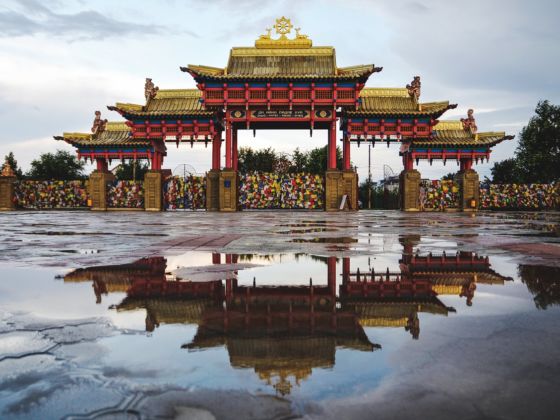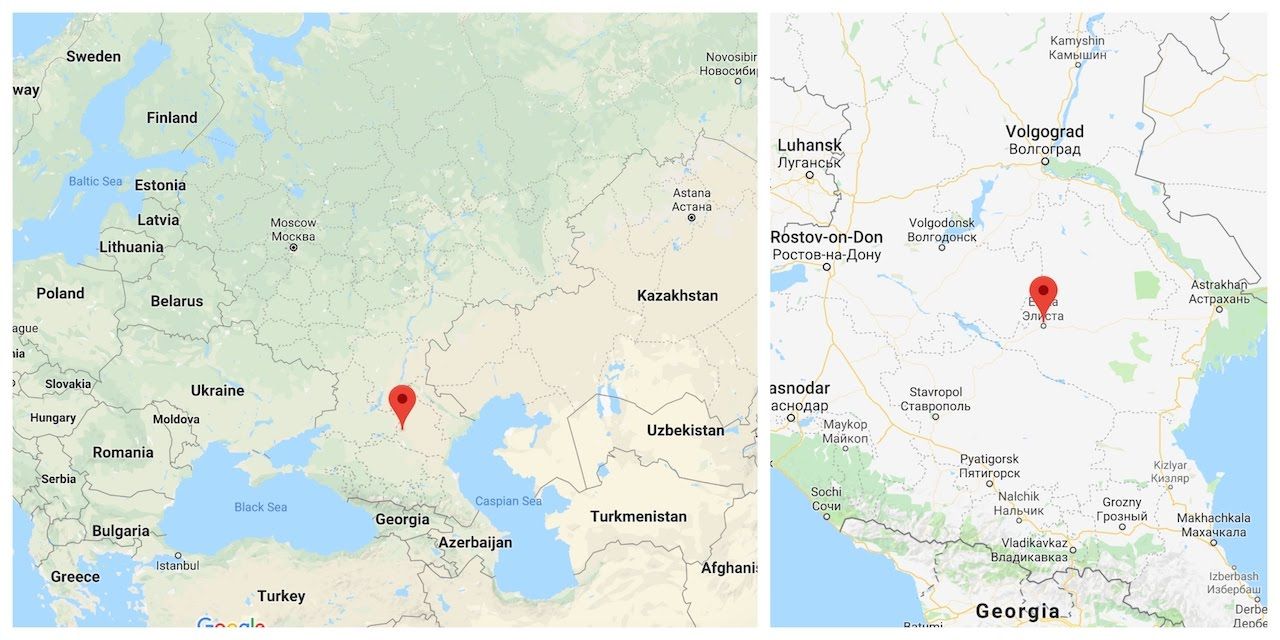On my journey from Murmansk, Russia, to Kerman, Iran, Kalmykia’s capital city of Elista wasn’t a destination I had planned on visiting, but merely a stop that appeared convenient on the map as I tried to reach the Georgian border before my visa expired.
The Republic of Kalmykia is a region surrounded by barren flatlands and located between the southern provinces, where ethnic tensions have caused decades of armed conflict, the Caspian Sea, and the rest of Russia. Descendants of the Oirats, the westernmost group of nomadic Mongols, Kalmyk people traveled across the Volga River in search of pasture lands in the early part of the 17th century, ultimately settling in this region after Tsar Alexei Mikhailovich allowed the formation of an autonomous government in exchange for protection against enemies coming from the east. Kalmykia became the home to the largest Buddhist community in Europe, with about 150,000 followers considering the Dalai Lama as their leader.








